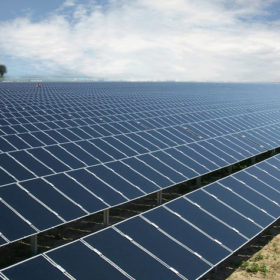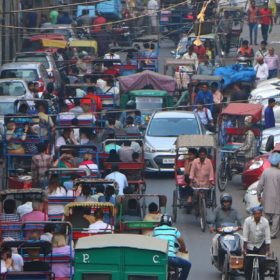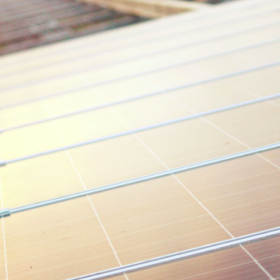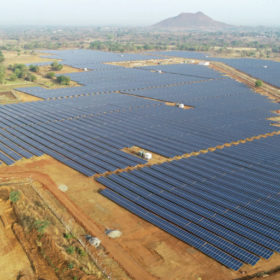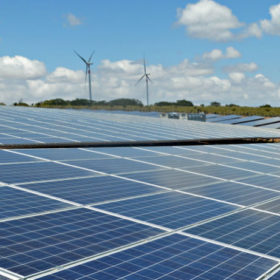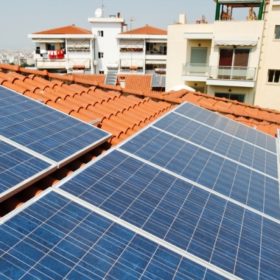India may miss solar PV target, says CEO survey
The country will achieve solar PV capacity of 50 to 75 GW by 2022 – a little over 60% of the 100 GW target. Total rooftop capacity will be less than 10 GW.
By 2030, EVs could outnumber the total vehicles in India today
To smoothen this transition, the country needs to build fast solar PV-powered charging stations. In 2017, there were only 220-250 operational charging stations in India, compared to 56,000 petrol stations.
India: Azure Power awarded 130 MW solar project
Azure Power has been awarded a 130 MW solar PV project by the Maharashtra State Electricity Distribution Company Limited (MSEDCL). It is expected to be commissioned in 2019.
Canadian Solar commissions 35 MW PV farm in India
The Chinese-Canadian solar company reached commercial operation for the plant just in time to still benefit from the state of Karnatake’s lucrative incentives programme. Open access rules allow businesses to broker PPA’s directly with the PV operator.
IBC Solar realises its largest stand-alone project in India
For the German PV-company the solar farm of 27 MW is its first in East-India. For the project IBC solar secured a tender for a PPA with a duration of 25 years.
India announces new policy for wind-solar hybrid systems
India has unveiled a national wind-solar hybrid policy that provides a framework for promotion of large grid connected wind-solar PV systems for optimal and efficient utilization of transmission infrastructure and land, reducing the variability in renewable power generation and thus achieving better grid stability.
Azure Power connects 50 MW project in India
Indian energy company Azure Power recently announced that it has connected a 50 MW PV project in the Indian State of Andhra Pradesh. The company states that the completion of this project brings its portfolio of operational solar assets past the 1 GW mark.
India: First 1 GW tender for 5 GW solar park expected soon – Interview
The 5 GW PV park, planned for the Dholera Special Investment Region of Gujarat, will become the world’s largest project of its kind, when complete. It is expected to attract an investment of US$3.7 billion and generate employment for more than 20,000 people, says Jai Prakash Shivahare, managing director at Dholera Industrial City Development Limited. He takes time out to speak to pv magazine about the mega solar project.
The Weekend Read: Three questions facing Indian solar
PV in India: The seemingly serene solar journey that India was on has hit stormy waters in recent months as issues regarding tariff duties, domestic content and financial backing have served to shake confidence in the industry. But there still exists fantastic potential across the nation for PV to really embed itself as India’s favored power source, provided it can address these three key questions.
India: Rooftop PV targets missed, ground-mounted and off-grid exceeded
In the past financial year, India missed its rooftop solar PV targets, although it did exceed those for both grid-connected ground-mounted and off-grid systems, reports the Ministry of New and Renewable Energy. Bridge to India believes the government’s rooftop targets have been set at the wrong level and that around 10 GW will be installed by 2022, rather than 40 GW.
